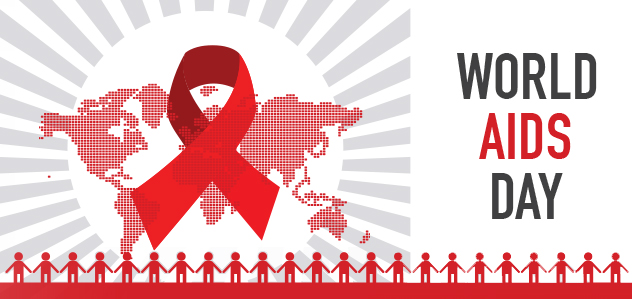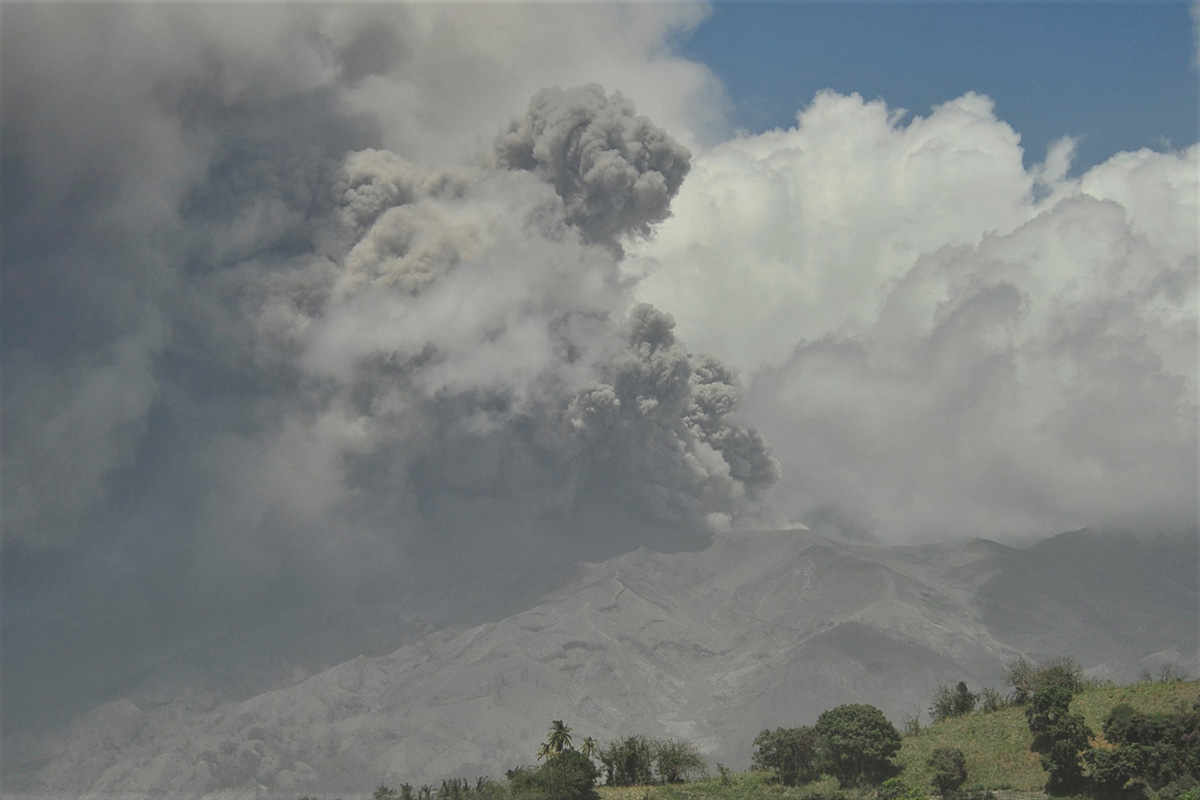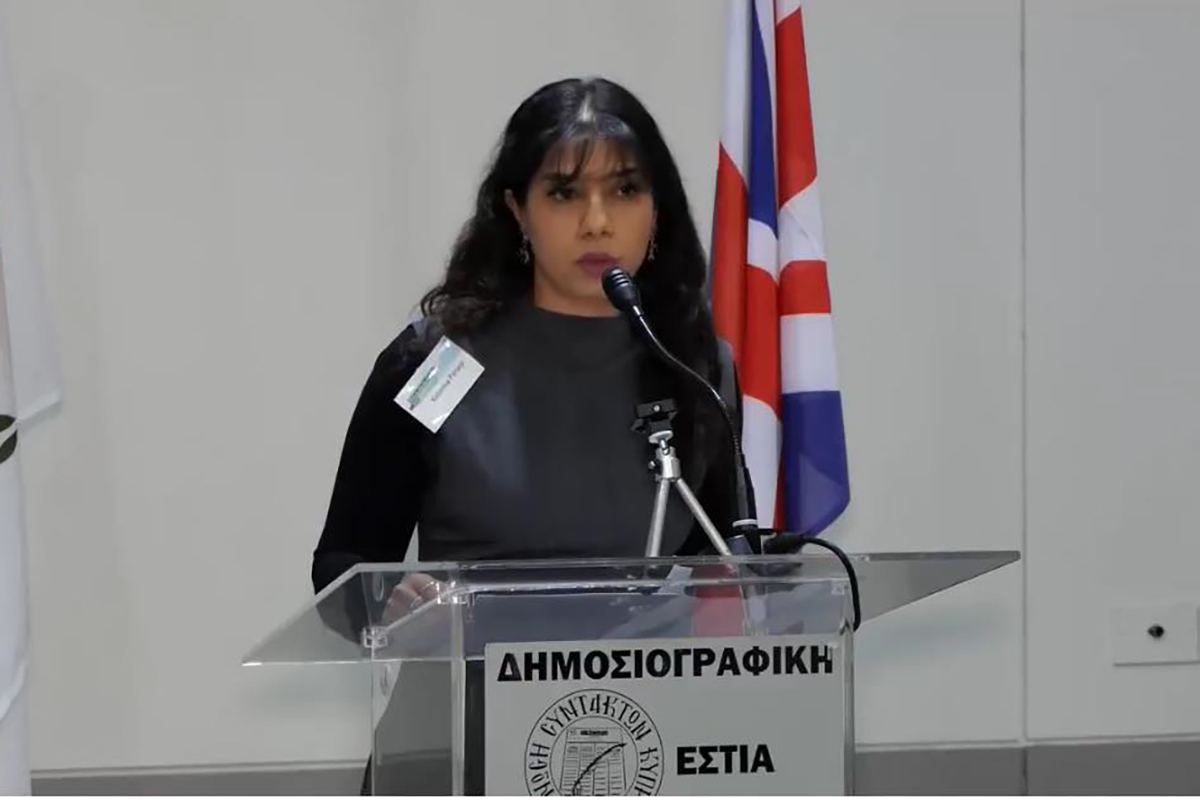Tackling youth HIV/AIDS epidemic through Sport and Physical Activity
December 1By Janine Thornhill, CYSDP Chair
About 2 million adolescents between the ages of 10 and 19 worldwide are living with HIV. This accounts for about 5 percent of all people living with HIV .
As the global community commemorates World Aids Day 2016, the Commonwealth Youth Sport for Development and Peace (CYSDP) working group joins in solidarity with the 78 million persons in the world who have been affected by the HIV/AIDS virus and recognises the 35 million people who have died from AIDS-related illnesses.
Global leaders have demonstrated their commitment to “end the AIDS epidemic by the year 2030,” as evidenced in the targets related to the United Nations’ Sustainable Development Goal 3: Good Health and Well-being. According to UN Secretary-General Ban Ki-Moon, this commitment reflects the power of solidarity to forge, from a destructive disease, one of the most inclusive movements in modern history.
Sport can be a vehicle to help mitigate the spread of the disease and impact suffered by young people infected and living with HIV/AIDS. Not only does sport provide a basis for healthy living, it also captures the interest of young people and provides opportunities for social inclusion and dialogue. It is this unique ability to engage and bring young people together that makes sport an effective catalyst to assist global leaders in their ambitious campaign to end the AIDS epidemic.
The CYSDP is committed to being the leading Commonwealth youth voice for promoting best practices in sport for development and peace (SDP) and driving change in youth development. As a result, the CYSDP has designed a SDP Youth Advocacy Toolkit, which ultimately aims to provide young people with the skills and tools to become advocates of SDP and enhance their ability to create awareness and influence decision-making.
By highlighting different approaches, case studies and examples of best practice, this toolkit can help young people identify the challenges people face in their community due to the prevalence and stigma of HIV/AIDS, and use the information and resources provided to develop advocacy strategies that exemplify how well-delivered SDP approaches can help to address these challenges to effect sustainable transformations.
As we observe this significant day, the CYSDP encourages young leaders to utilise sport as a platform for raising awareness, preventative education and developing mentorship programmes to assist in the fight against this vicious disease.
To download the CYSDP Youth Advocacy Toolkit, click here: http://www.yourcommonwealth.org/wp-content/uploads/2014/04/SportforDevelopmentandPeaceYouthAdvocacyToolkit.pdf
Learn more about the work of the Commonwealth Youth Sport for Development and Peace Working Group
Editor’s Note: The Commonwealth Analysis on SDGs and the 2030 Agenda for Sustainable Development found that, in many communities, sport-based programmes have been shown to be useful mechanisms to engage young people and their communities on a range of health issues, including sexual and reproductive health, and water, sanitation and hygiene issues; this is especially true when integrated with multilayered approaches led by the health sector and directed at all levels of communities. Measured analysis of this strategy recognises that health education outcomes achieved (or not achieved) through sport-based approaches primarily come from ‘participants’ subjective interaction with coaches, leaders, teammates, parents, friends and organisations’. The most effective programmes therefore prioritise positioning the sport programme as a platform for ‘social support through mentorship programmes and peer support’.




